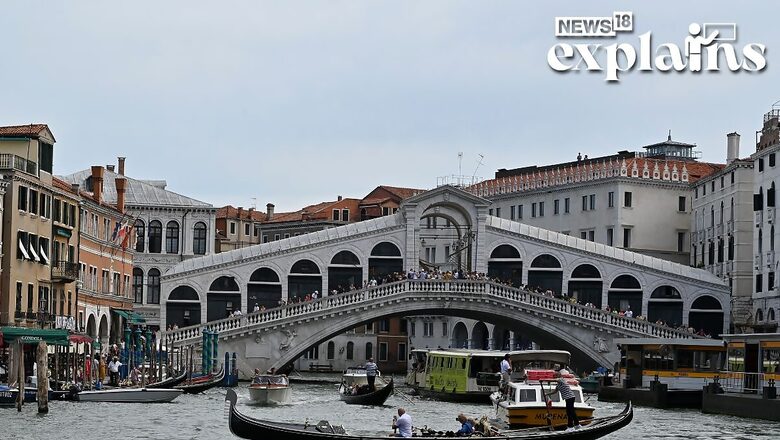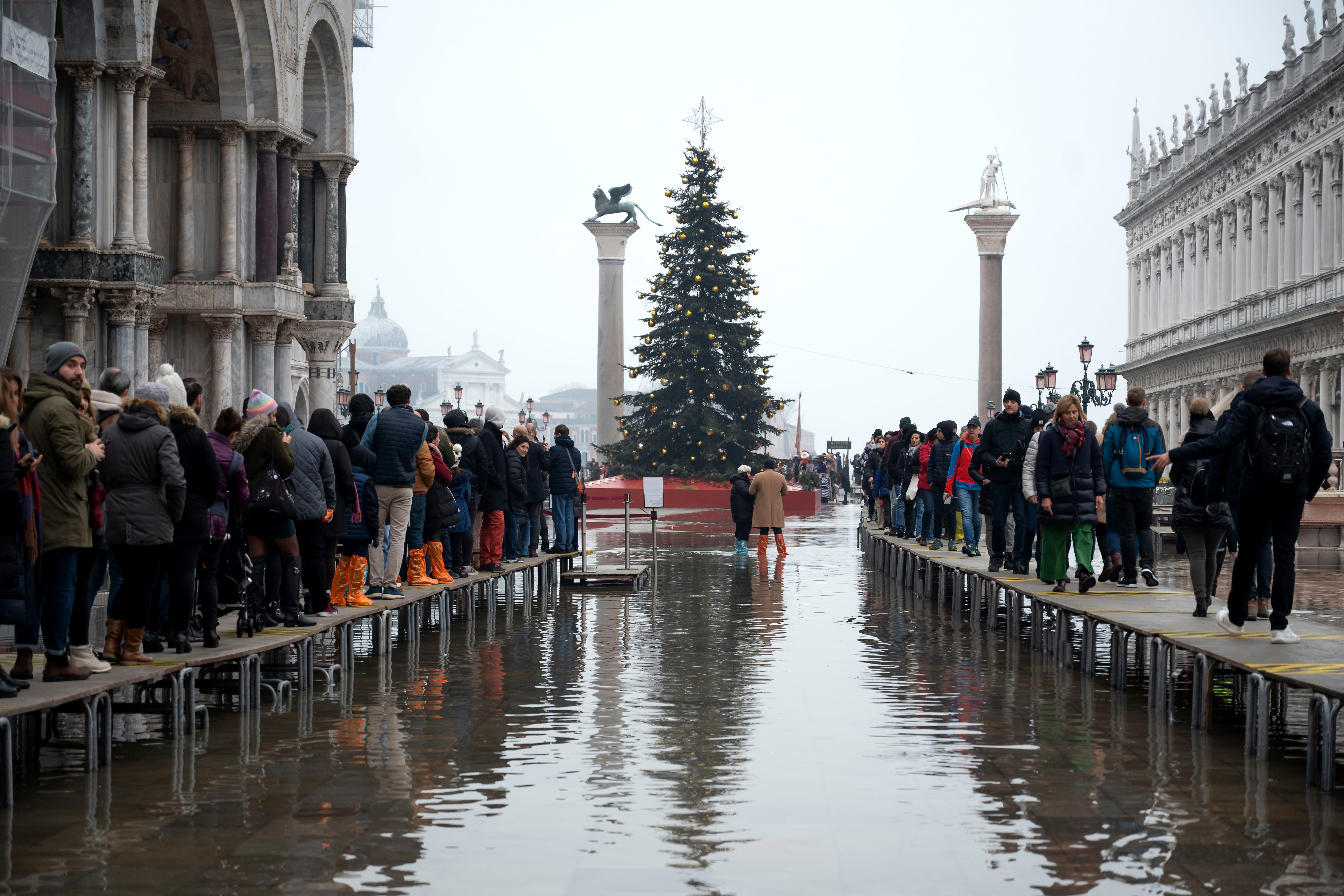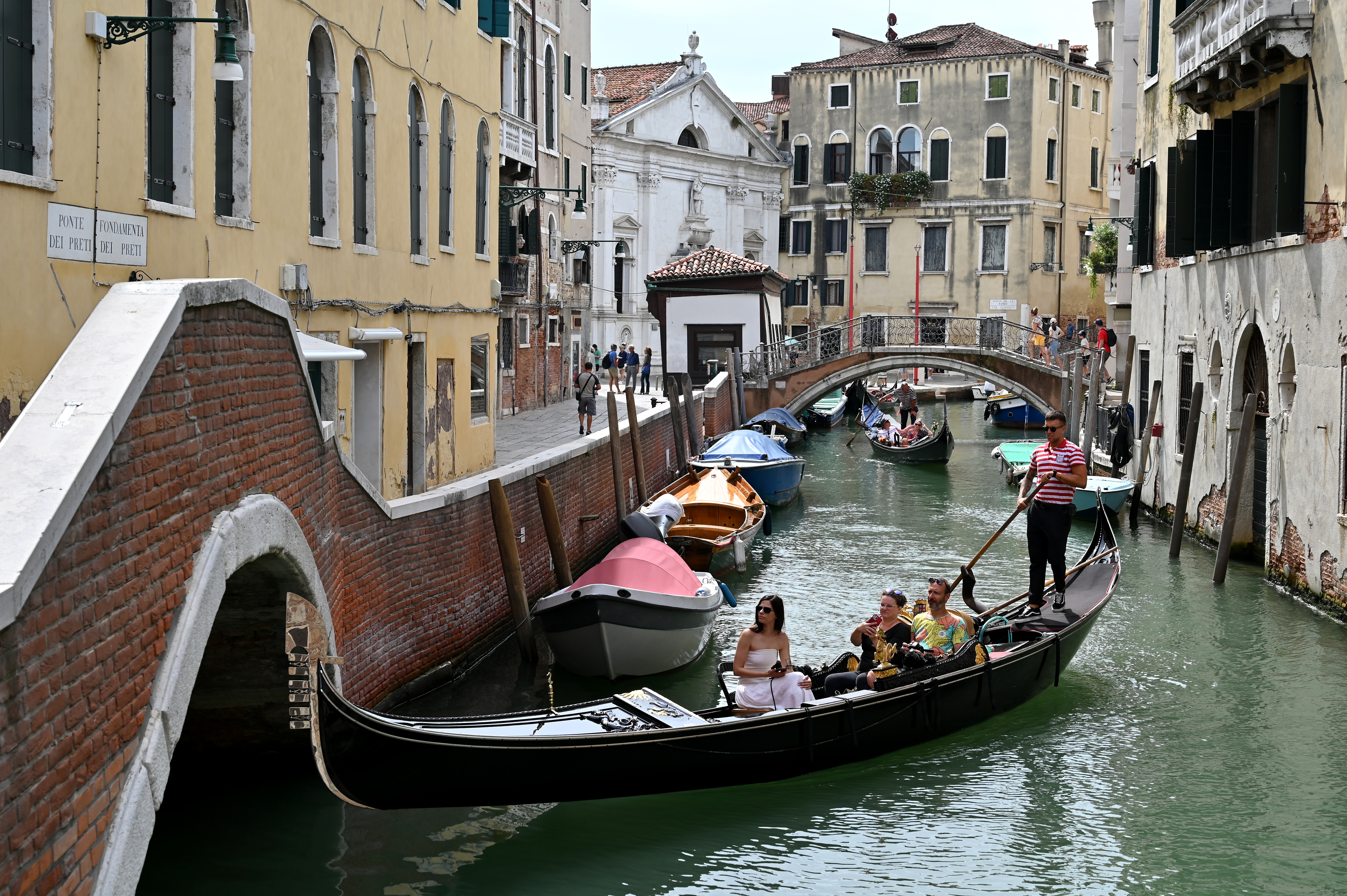
views
Venice is reeling with a multitude of problems in recent years- too many tourists, extreme weather and environmental damage.
In 2021, UN’s cultural agency UNESCO made a recommendation that the Italian tourist hub be made a world heritage site in danger. However, the Italian city narrowly escaped after the government spurred into action banning large cruise ships from sailing into the city centre.
However, this year UNESCO has recommended again that Venice, one of the most fragile tourist destinations in Italy, be added to its heritage danger list. It has urged the Italian government to “ensure the utmost dedication” to address “long-standing problems” in Venice.
Why was the Recommendation Made?
UNESCO recommended putting Venice on the World Heritage in Danger list ahead of a session of the agency’s World Heritage Committee. The World Heritage Committee, which oversees the awarding of the coveted World Heritage label to sites around the world, is due to meet in Riyadh from September 10-25.

The resolution said that there has not been a “significant level of progress in addressing the persistent and complex issues related in particular to mass tourism, development projects and climate change.”
According to the UN’s cultural agency, Venice risked “irreversible” damage due to a string of issues ranging from climate change to mass tourism.
A high tide left St. Mark's Square in Venice partially flooded. Earlier this week, UNESCO experts recommended that Venice be added to its list of World Heritage in Danger as Italy is not doing enough to protect the city from the impact of climate change https://t.co/71eK1DCYDQ pic.twitter.com/zvAtcdEyk4— Reuters (@Reuters) August 2, 2023
“Some of these long-standing issues have already led to the deterioration of the inherent characteristics of the property and its attributes,” UNESCO said, warning that developments including high rise buildings risk “having significant negative visual impact”.
It added that the issues are damaging building structures, degrading cultural identity, urban areas and threatening the integrity of its cultural and environmental landscape.
Earlier in 2021, Venice avoided being named a world heritage site in danger list, weeks after Italy moved to ban large cruise ships from sailing into the city centre.
What Issues Venice Face?
Venice has been listed among 1,157 places among designated a World Heritage Site, which have “outstanding universal value” because of their cultural or natural offerings. However, in the recent years it has grappled with weather-related problems.

In November 2019, there was flooding in the watery city that threatened historical treasures and buildings. Later in February this year, there was a drought in the Italian city and it was so bad that it was impossible for gondolas, water taxis and ambulances to pass through some canals.
According to the UNESCO, over-tourism in the city is one of the reasons behind the ongoing issues. The agency suggested some changes like banning large ships from entering the San Marco Basin.
UNESCO said it hoped that the inscription on the danger list “will result in greater dedication and mobilisation of local, national and international stakeholders.”

Venice faces other challenges including environmental damage and fleeing residents. According to a report in AFP, about 50,000 natives have left the city with many critics saying that it is now a city without a soul.
Environmental groups warned the ships, carrying thousands of day-trippers and sailing exceptionally close to shore, caused large waves eroding Venice’s foundations and harming the lagoon’s fragile ecosystem.
‘Please Don’t Come’
Venice, which received 5.5 million visitors in 2019 for a population of 50,000, has for years been on what it calls a “detourism” drive.

The day UNESCO recommended Venice to be on the endangered list, the city’s famed Rialto Bridge was jammed with tourists.
New York tourist Ashley Park said she knew it would be crowded in Venice, but it wasn’t ruining her vacation.
According to city’s residents, the days of educated tourists visiting and enjoying the city’s many churches and museums were over.

“Those who come now don’t even know what a museum is. It’s not cultural tourism,” Claudio, a native Venetian, said.
“They need to go to the beach, or the mountains, but not here! Please don’t come anymore!” he lamented.
The city introduced a tax for overnight visitors and plans to introduce a paid booking scheme for day-trippers. But the scheme, which would require people to pay between three and 10 euros to enter the city, has been repeatedly put on hold over fears that it will seriously dent tourist revenue and compromise freedom of movement.




















Comments
0 comment